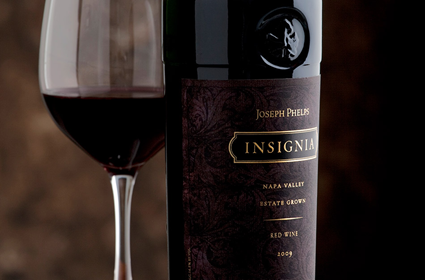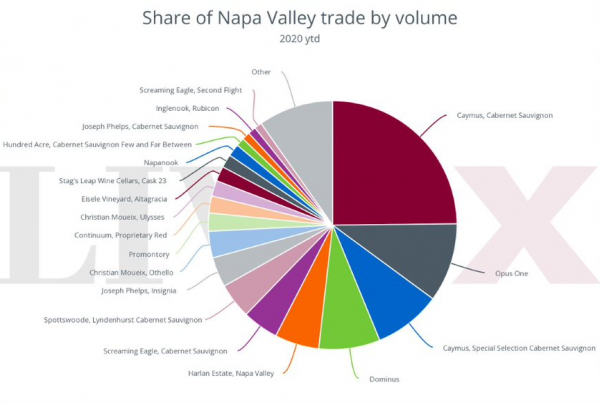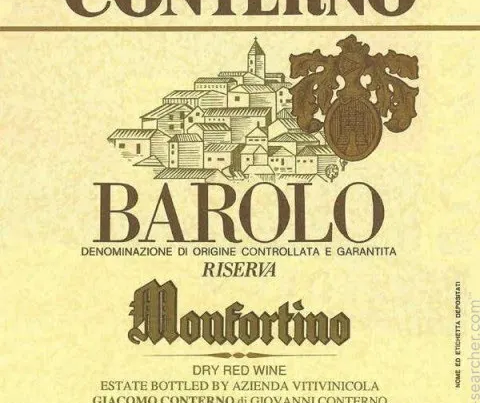
Owner: Cuvelier family
Appellation: St Julien
Vineyard area: 80 hectares
Average annual production: 240,000 bottles p/a
Standard blend: 65% Cabernet Sauvignon, 25% Merlot, 8% Petit Verdot and 2% Cabernet Franc
Other wines: Moulin Riche, Pavillon de Poyferre
History
A close relation of Leoville Las Cases, Leoville Poyferre descends from the 17th-century Mont-Moytié estate, which was renamed “Leoville” in the mid 1700s. As discussed in our Spotlight on Las Cases, Leoville passed to the Marquis de Las Cases and his family in the late 18th century, though the stirrings of revolution saw him flee France with the Bourbons to escape the cold kiss of Madame Guillotine. Whilst in exile, his share of the property was put up for sale and what remained was passed to his children, Pierre-Jean – the Field Marshall under Napoleon - whose political sympathies clearly lay elsewhere, and his daughter, Jeanne. Jeanne’s daughter and her husband Baron Jean-Marie de Poyferré inherited her vines and their estate came to be known as Leoville Poyferre.
Though the Poyferre family successfully steered their wine to Second-Growth status during the 1855 classification, financial turmoil and the arrival of oidium led to the chateau’s sale ten years later. It was bought by local bankers and wine brokers Baron d'Erlanger and Armand Lalande, and the Lalandes continued to run the winery for several decades.
After the First World War the estate was acquired by a family of former negociants, the Cuveliers. Initially, the change in ownership brought with it an upswing in quality, but the 1960s and ‘70s produced a string of lack-lustre wines. Quality turned once more in 1979 when Didier Cuvelier took over from his father and plunged into a campaign of investment and replanting work, which included shifting the focus from Merlot to Cabernet Sauvignon. Post-millennial vintages reflect Didier’s tremendous effort to raise the quality of Leoville Poyferre to the level of its neighbours.
2009 and 2010
After receiving a potentially perfect score from Parker last year (97-100) and being counted amongst his "stars of the vintage", this year’s primeur has yet to inspire the same sort of enthusiasm. The 2010 met with 92-95 points from James Molesworth and 93-94 points from James Suckling - “so velvety and beautiful with a juicy, orange peel, raspberries and currant character on the nose and the palate”. Of course, the most preeminent of critics will only release his scores later this month, and his taste (or distaste) will likely play a key role in determining this year’s pricing. General sentiment would have it that the vintage will be released at around the same price level as the 2009 (which received 93-96 points from Suckling last year). If so, a 12 pack will likely cost buyers in London £1,000, or more.
Market trends
Over the past year, physical vintages of Leoville Poyferre from 2000 onwards have increased in price by an average of 32 per cent. Like many of its fellow Second Growths, the chateau appears to be benefiting from expanding Asian interest and is now amongst Liv-ex’s most followed brands (as measured by clicks into individual wine pages). Price acceleration has been most notable for the 2008 vintage (RP 92-94), which is up more than 80 per cent year on year. After changing hands at £370 per 12x75cl case six months ago – a third of the price of the 2009 – buyers caught wind of its relative value and pushed prices up to £550. Despite its recent run, it remains one of the brand’s cheapest high-scoring vintages, and prices may well continue to play catch up.
Interestingly, the similarly scoring 2004 has not moved as quickly – likely because it was the more expensive option just a few months ago. At £470, and with 93 points in tow, the wine seems to represent very strong value.
It is not just cheaper vintages that are gaining ground. The 98-point 2003, dubbed “a colossal success and a potential legend” by Robert Parker, has increased in value by 50 per cent over the past 12 months. With an imposing price tag of £1,200, it may be a little easier to swallow when compared to the 2009, which last traded on the exchange at £1,100 per case – and doesn’t have the benefit of six years in bottle.
The table below shows the prices, Parker scores and year-on-year price movement of the last ten vintages. Again, Didier Cuvelier's emphasis on improving quality at Leoville Poyferre is clearly evident from the increase in Parker scores since 2000.
All prices are for 12x75cl cases stored in bond.
Scores from erobertparker.com
Image from thewinecellarinsider.com




